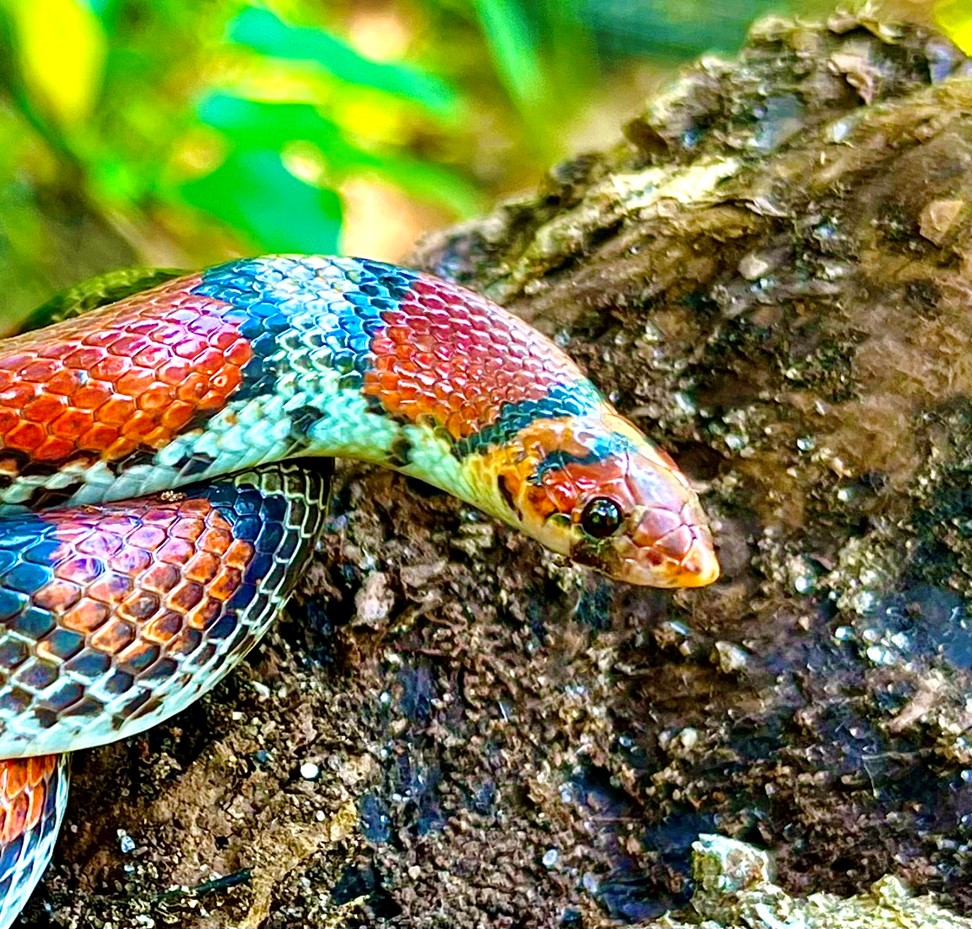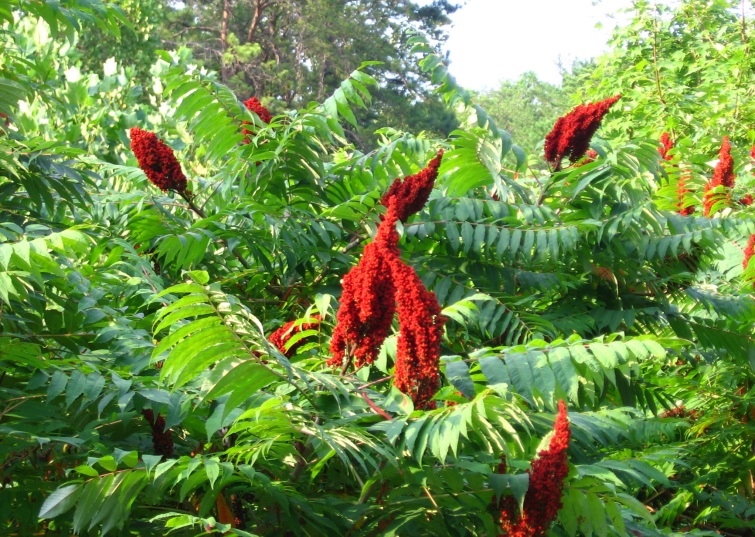Natural Highlights: Scarlet Snake

_Madden_Haag.jpg)
Our thanks to Dr. Steve Reichling for his fascinating and inspiring program on the Memphis Zoo’s work to save rare species around the world and close to home! The Conservation and Research Department led by Dr. Reichling at the Memphis Zoo oversees the captive breeding and reintroduction of the endangered Dusky Gopher Frog and Louisiana Pine Snake. Though their status remains precarious, both species seem to have stepped (slithered, hopped?) back from the brink of extinction, thanks not only to the Zoo’s program, but also to many others working to protect and restore the habitats on which the survival of these species ultimately depends.
The Reichling team is also surveying the rare sandhill scrub habitat found on the Walker tract in the Ghost River State Natural Area. Among the species of reptiles his team has identified there so far is the beautiful Scarlet Snake (Semophora coccinea), uncommon in West Tennessee. Despite its bright red, black and yellow coloration, this secretive snake spends most of its life underground, coming out only at night to hunt. You might encounter a Scarlet Snake crossing a rural road on a warm summer night, but most of the time they are hidden beneath rocks, leaf litter, logs or boards, or underground. They have specialized teeth for slicing open reptile eggs, their primary food, and they also consume small snakes, lizards and frogs. Scarlet Snakes can be distinguished from Scarlet Kingsnakes by both the shape of their heads and the red, black, yellow or white bands which do not extend onto the white belly. They are quite harmless to people.
The Scarlet Snake is one of several fossorial or burrowing snake species in Tennessee characterized by a pointy or wedge-shaped face and reduced eyes. Because the sandy soil of the Walker tract lends itself to easy burrowing, the Reichling team has also documented a Smooth Earth Snake, a Six-lined Racerunner lizard, and an abundance of Eastern Spadefoot Toads there. They are still hoping to find a Northern Pine Snake, another fossorial sand dweller. The work of the Wolf River Conservancy over its 40-year history has been to protect the habitats and the species they support within the Wolf River watershed, an effort greatly enhanced by key partnerships such as the ongoing work at the Walker tract by the team at the Memphis Zoo. We look forward to learning what they find in the future. Thanks to Dr. Reichling for the lovely photo of the Scarlet Snake!
Thanks to Dr. Steve Reichling inspiring work to protect rare species like the Scarlet Snake through research, breeding, and habitat restoration!






.jpg)




